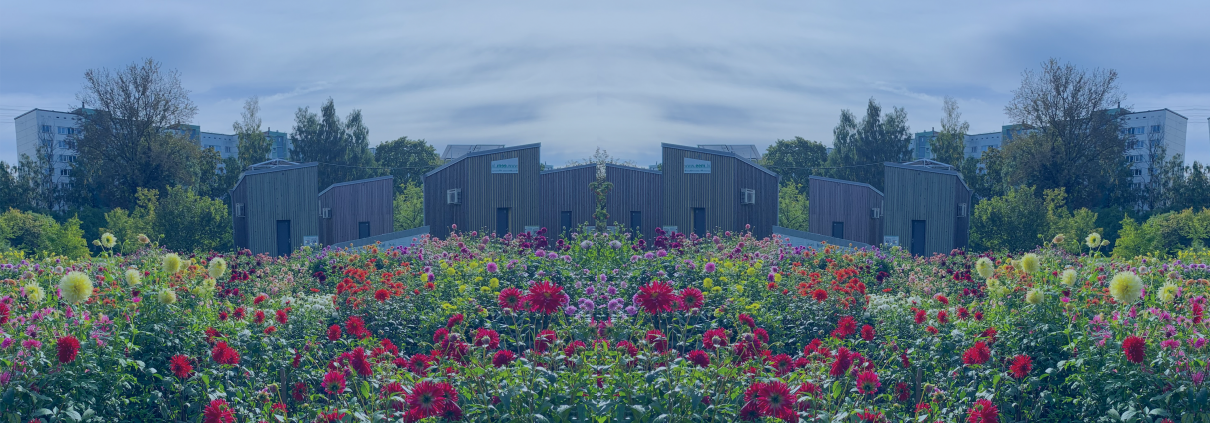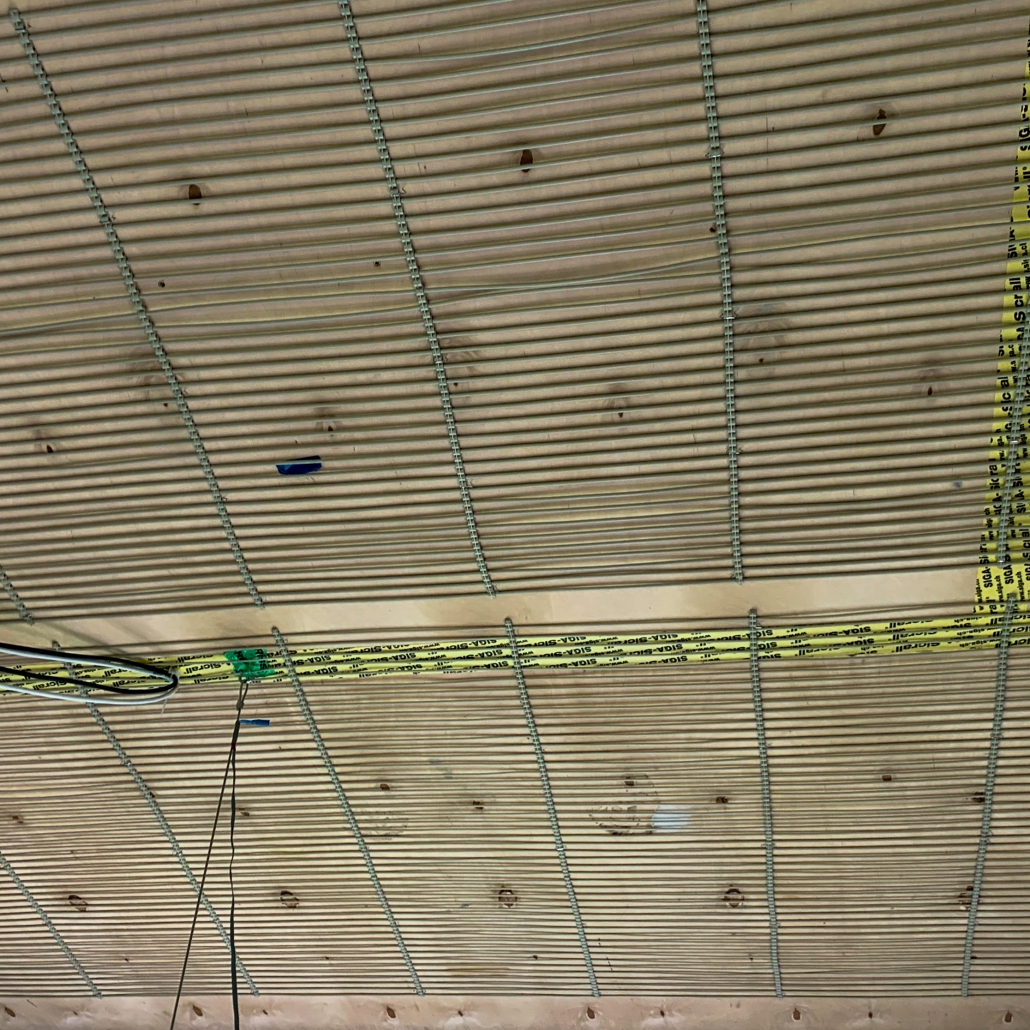Project at INM aims to improve heat pump efficiency
The green pathway that Europe is set on encourages the use of renewable resources. More than 30% of energy in Latvia is consumed in buildings (mostly for heating) [source: ODYSSE]. Herein lies a huge potential for reducing the consumption of primary resources and CO2 emissions. In the Latvian climate, a perspective energy source is all types of heat pumps. Depending on the type, they produce three to six times more energy for every consumed energy unit (kWh). What is also relevant here is that almost half of the energy in Latvia is produced from renewable sources [source: AST].
In cooperation with Hydrokapillar Tech, the Institute of Numerical Modelling researches the possibilities of improving the effective heat pump efficiency. Instead of traditional convection heaters (where T> 50oC), low-temperature radiation capillary heat exchangers could be used, their characteristic temperature in heating mode is less than 30oC. Another benefit of such a solution is the possibility to also cool the building in the summer (when T>16oC ). The numerical models of heat and temperature distribution in the living spaces show that such systems would provide significant benefits to people thermal comfort. To compare the numerical models, experimental systems have been set up both in the botanical garden at the University of Latvia and in an experimental flat in Rāmava. For long-term experiments, the aforementioned systems have been equipped with the necessary sensors. Besides the data transfer and system control is ensured by modern wireless tools.
This research is a part of the ERDF project Development and approbation of complex solutions for optimal inclusion of capillary heat exchangers in nearly zero energy building systems and reduction of primary energy consumption for heating and cooling (2020 – 2023) with A. Jakovičs as the project leader.




